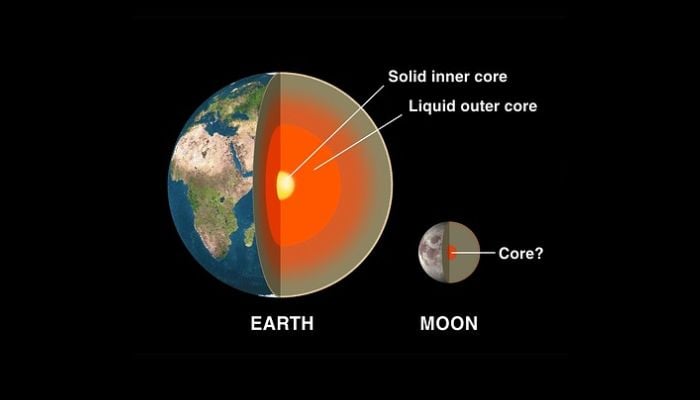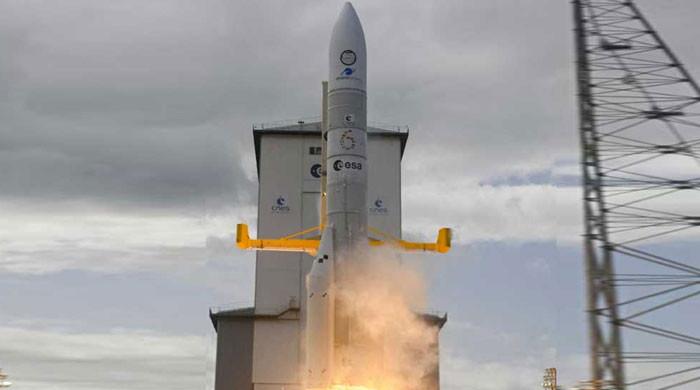Is the Earth’s inner core spinning in reverse?
Though it may seem like doomsday, scientists think earth's inner core spinning other way is nothing to worry about
January 26, 2023

We only get to see roughly 0.5% of the earth from where we live on the surface. One of the greatest mysteries of our planet is the solid iron core, which is located deep below the crust, heated rock mantle, and liquified outer core.
According to a new study, the iron ball that makes up Earth's inner core may have just stopped rotating before suddenly changing its direction.
Though it may seem like doomsday, scientists think it is nothing to worry about. Other than confusing them, scientists don't believe it will drastically alter life on Earth, reported Insider.
Yi Yang, an associate research scientist at Peking University, and Xiaodong Song, chair professor at Peking University, used analysis of seismic waves from earthquakes that have passed through the Earth's inner core along comparable paths since the 1960s to determine how quickly the inner core is spinning. Their findings were published on Monday in the journal Nature Geoscience.
"It's probably benign, but we don't want to have things we don't understand deep in the Earth," John Vidale, a geophysicist at the University of Southern California, told The Washington Post.
According to peer-reviewed research, the Earth's solid inner core may undergo rotational variations every few decades.
Although scientists can't see the inner core directly, they can infer details about its activities from strong earthquakes and Cold War nuclear testing that has caused seismic waves to reverberate throughout the Earth's core.
The core is primarily made up of pure, solid iron and nickel, and those deep seismic waves have shown that it may rotate a little faster than the rest of the Earth.
“We show surprising observations that indicate the inner core has nearly ceased its rotation in the recent decade and may be experiencing a turning-back,” the authors wrote in the study.
As time passes, the direction of the waves shifts, suggesting that the core is also shifting.
The new study closely examines seismic waves that occurred between the 1960s and the present. Beginning in 2009, the researchers discovered a peculiarity: Over the past 10 years, identical seismic wave trajectories remained unchanged. That means that the inner core may have stopped rotating at that time.
“When you look at the decade between 1980 and 1990 you see clear change but when you see 2010 to 2020 you don’t see much change,” Song was quoted by CNN.
The inner core may pause and reverse its spin around every 70 years, according to data from two pairs of nuclear explosions.
According to one idea, the mantle's gravitational field acts as a counterforce, dragging on the inner core while Earth's magnetic field pulls it and makes it spin. Every few decades, one factor might prevail over another, affecting how the iron ball spins.
Given the limited knowledge about the inner core, it is challenging and entails guesswork to explain these anomalies in the seismic record.
An alternative theory is that rather than the entire iron ball rotating, the surface of the inner core is evolving through time. Seismologist Lianxing Wen of Stony Brook University first explored this idea in a 2006 publication and continues to support it now. That would, he said, account for the breaks in 1971 and 2009.
The new research could contribute to a better understanding of the inner core's enigmatic characteristics and its interactions with the other layers of the planet.
As long as they can, Vidale and his colleagues will continue to listen to seismic waves that pass directly through the iron core and travel from one side of the globe to the other, the Insider report added.











